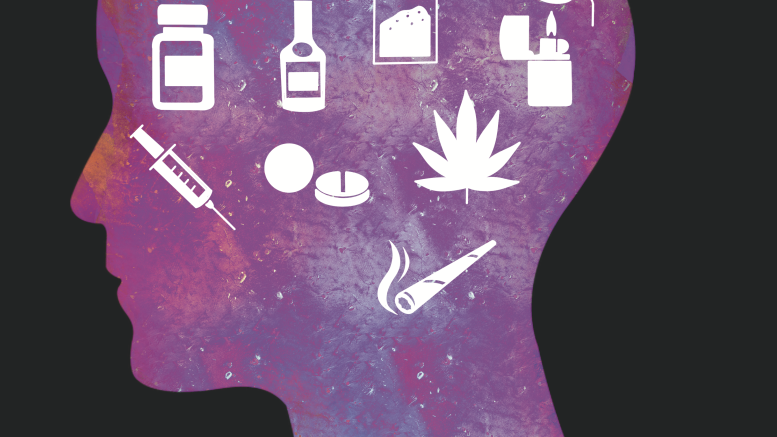Supervised consumption sites offer people who use drugs (PWUD) space to use substances under the supervision of trained staff in secure, hygienic environments. These sites help prevent accidental overdoses and minimize the transmission of infectious diseases, like HIV, by ensuring that PWUD have access to clean supplies and immediate medical assistance if needed.
Supervised consumption sites are associated with 67 per cent fewer ambulance calls for overdose emergencies, fewer fatal overdoses and decreased HIV infections. Yet despite evidence supporting the creation of these sites, Manitoba is currently the only province west of Atlantic Canada that has no supervised consumption sites, with its first site set to open later this year.
As a registered nurse, Em Pijl’s clinical practice was concerned with PWUD and people who experience complex issues, such as homelessness or HIV. Today, as an assistant professor in the U of M’s college of nursing, her research remains rooted in that clinical practice.
Pijl’s research initially focused on the efficacy, clinical value and social value of harm reduction, including supervised consumption sites.
More recently, Pijl has progressed into examining the public acceptability of supervised consumption sites.
“[In terms of] the research supporting harm reduction, there’s a very strong literature base,” Pijl said. “But what’s interesting to me is that even if we have really good evidence showing that harm reduction saves lives, there are groups in society that still are against harm reduction.”
Pijl explained that this phenomenon, of people disapproving of supervised consumption sites despite evidence supporting them, piqued her interest. After looking through social psychology literature, she came across Jonathan Haidt’s “elephant and rider” metaphor, which explains how moral decisions are driven by both emotional and rational processes.
The “elephant” represents our emotional, automatic responses, while the “rider” symbolizes our rational, controlled thoughts. Haidt argues that although we often believe our rational mind, or “rider,” is in control, it is usually the emotional, unconscious “elephant” that guides our decisions, especially in moral contexts. This highlights the powerful influence of emotions on our judgments, often more so than reason.
“We’re all sitting on an emotional cognition elephant that is steering us in a direction,” Pijl said. “It really helps us understand people who don’t think the way we do.”
She emphasized the importance of using Haidt’s elephant rider metaphor to better understand how others hold different opinions on issues without vilifying them. By seeking to understand people’s moral foundations and values, she said, we can better speak to them and “build bridges.”
“My hope would be that people who are against supervised consumption will [think] ‘you know, it makes me really uncomfortable, but I do understand the merits,’” Pijl said.
She emphasized that the current substance use crisis will not be fixed by a single entity or intervention, even supervised consumption. Rather, many voices and approaches are needed.
“I do hope that we can work together with other services and with other sectors to help people be healthier,” she said. “That, to me, is such a huge win.”


